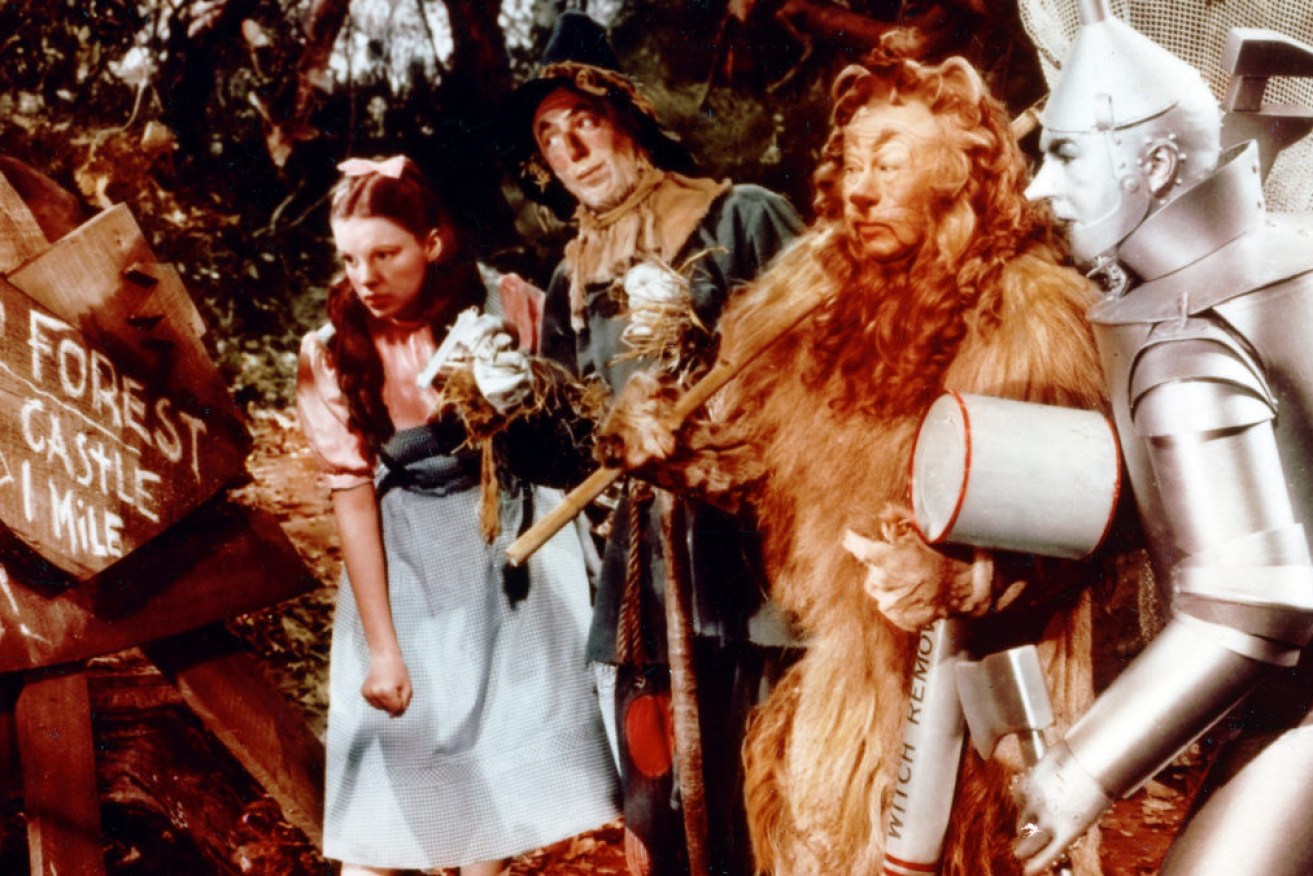On This Day: The Wonderful Wizard of Oz was published


A publicity still from the 1939 film, The Wizard of Oz, in which Judy Garland played Dorothy. Photo: Getty
Whether you’ve read the book, seen the film, or watched the musical adaption, it’s nearly impossible to have made it to adulthood without recognising The Wizard of Oz.
A modern fairytale set in the United States, the children’s book follows the life of Dorothy, who tries to escape the magical land of Oz after a tornado in Kansas whisks her away with her dog Toto.
With the help of some munchkins, they follow the Yellow Brick Road toward the Emerald City to meet the Wizard.
Along the way, they meet a Scarecrow who needs a brain, a Tin Man who is missing a heart, and a Cowardly Lion who wants courage.
Sound familiar?
It all started on this day 121 years ago.
That’s when children’s book The Wonderful Wizard of Oz, written by American author L Frank Baum, was first published.

The Wonderful Wizard of Oz by L Frank Baum was published in 1900. Photo: Getty
The story became enormously popular and was hailed as a classic of children’s literature.
But it wasn’t just for kids.
Many adult readers say the story was a political allegory for American politics at the dawn of the 20th century.
At that time, many American farmers were struggling to stay afloat financially after suffering dangerous weather and swarms of locusts.
The economic unrest led to a rise in populism, as the farmers blamed their bad luck on the banks, railroads and nature.

The Wizard Of Oz lobby card, or film poster, in 1925. Photo: Getty
In The Wonderful Wizard of Oz, the Scarecrow is said to represent these farmers.
He thinks he doesn’t have a brain, which echoes the view many Americans held of farmers in the Midwest region at the time.
The character impresses readers, however, when he shows a good deal of common sense and resilience during the journey to Oz, proving he is far less stupid than many people might think.
The Tin Man apparently represents one of the dehumanised and mistreated factory workers who were also suffering at the time.
A symbol of the high levels of unemployment that were prevalent in the 1890s, the Tin Man was covered in rust when Dorothy and the Scarecrow first spot him.
The Cowardly Lion is a representation of William Jennings Bryan, who was a hero of the populist movement and was even referred to as a lion by the media.
He was a huge supporter of the “Free Silver Movement” and of moving away from the Gold Standard.
To fans of the children’s book, these theories might seem far-fetched.
However, L Frank Baum was a political journalist for many years, so it’s not entirely out of the question.
Despite the era’s economic hardship and tumultuous political state, it’s clear Baum loved America.
After all, there’s no place like home.








